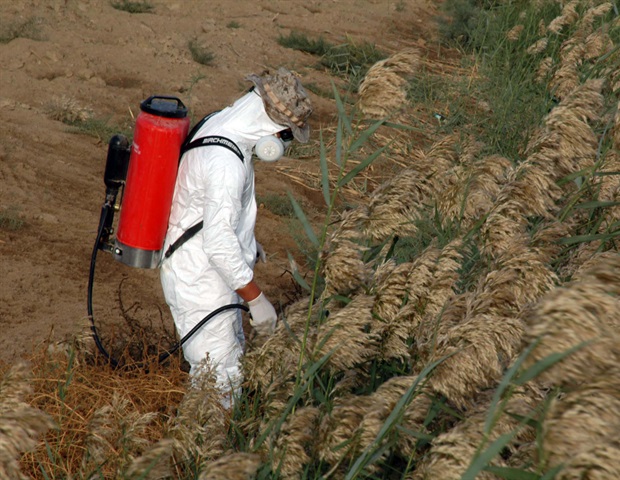[ad_1]

Researchers have identified 22 pesticides consistently associated with the incidence of prostate cancer in the United States, with four of the pesticides also linked with prostate cancer mortality. The findings are published by Wiley online in CANCER, a peer-reviewed journal of the American Cancer Society.
To assess county-level associations of 295 pesticides with prostate cancer across counties in the United States, investigators conducted an environment-wide association study, using a lag period between exposure and prostate cancer incidence of 10–18 years to account for the slow-growing nature of most prostate cancers. The years 1997–2001 were assessed for pesticide use and 2011–2015 for prostate cancer outcomes. Similarly, 2002–2006 were analyzed for pesticide use and 2016–2020 for outcomes.
Among the 22 pesticides showing consistent direct associations with prostate cancer incidence across both time-based analyses were three that had previously been linked to prostate cancer, including 2,4-D, one of the most frequently used pesticides in the United States. The 19 candidate pesticides not previously linked to prostate cancer included 10 herbicides, several fungicides and insecticides, and a soil fumigant.
Four pesticides that were linked to prostate cancer incidence were also associated with prostate cancer mortality: three herbicides (trifluralin, cloransulam-methyl, and diflufenzopyr) and one insecticide (thiamethoxam). Only trifluralin is classed by the Environmental Protection Agency as a “possible human carcinogen,” whereas the other three are considered “not likely to be carcinogenic” or have evidence of “non-carcinogenicity.”
This research demonstrates the importance of studying environmental exposures, such as pesticide use, to potentially explain some of the geographic variation we observe in prostate cancer incidence and deaths across the United States. By building on these findings, we can advance our efforts to pinpoint risk factors for prostate cancer and work towards reducing the number of men affected by this disease.”
Simon John Christoph Soerensen, MD, Lead author, Stanford University School of Medicine
Source:
Journal reference:
Soerensen, S. J. C., et al. (2024). Pesticides and prostate cancer incidence and mortality: An environment‐wide association study. Cancer. doi.org/10.1002/cncr.35572.
[ad_2]
Source link



